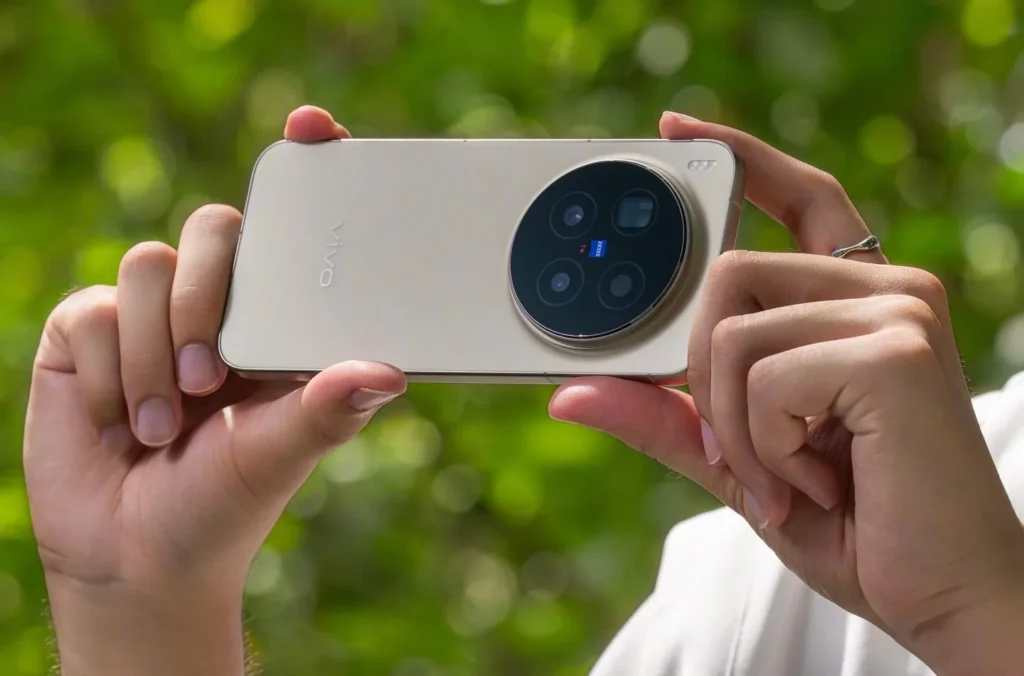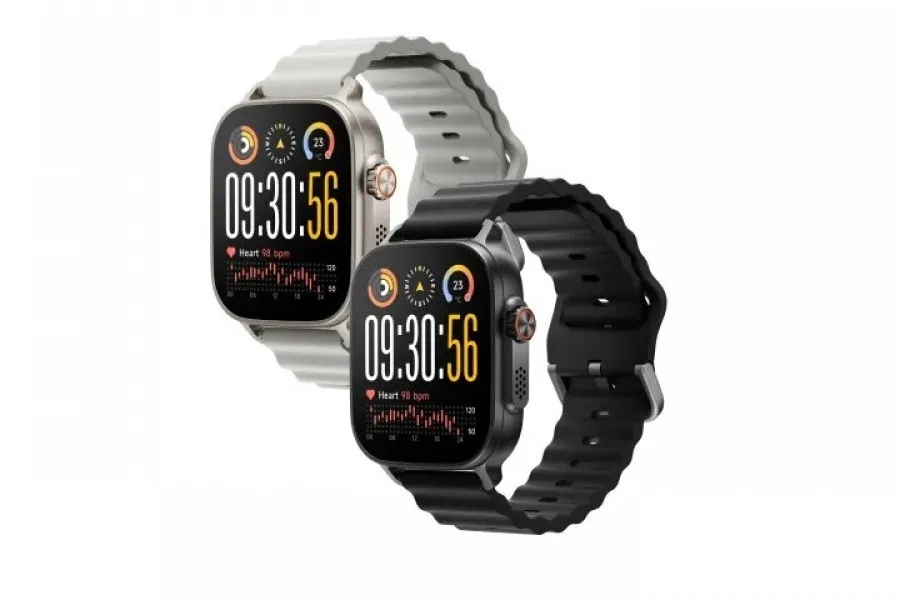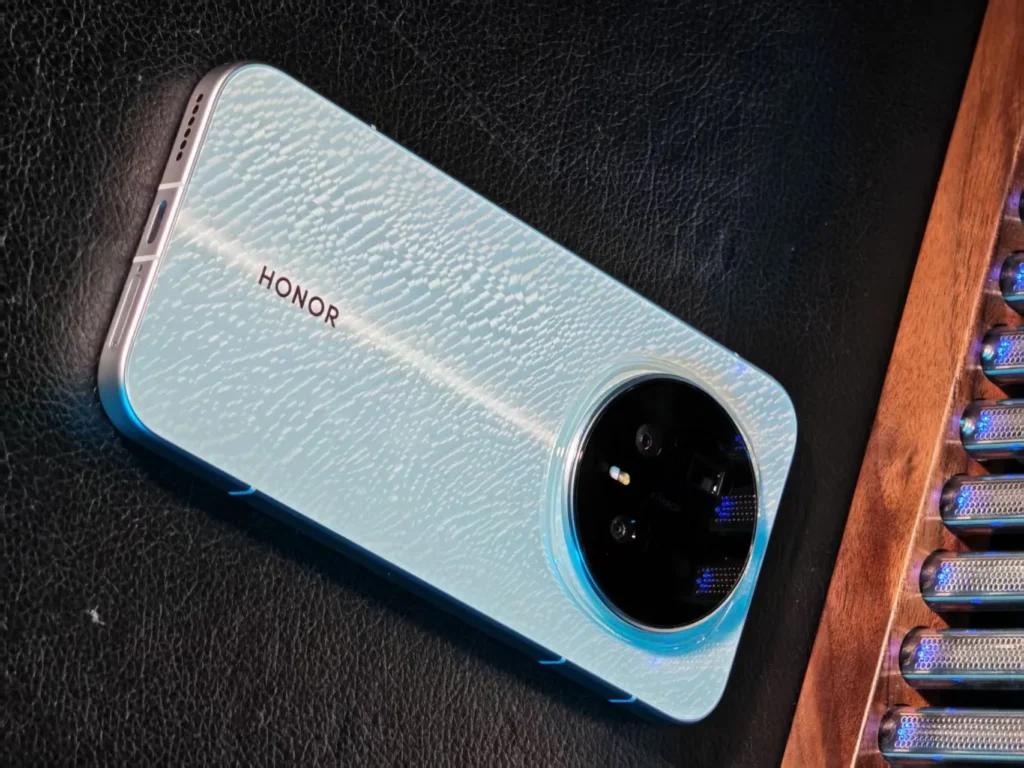Vivo X300 & X300 Pro: The New Generation Approaches Ultra Level
Vivo has unveiled its new flagship models, the Vivo X300 and Vivo X300 Pro, and this time, the brand is fully embracing its ambitions.
Both models incorporate several key features from the Vivo X200 Ultra series, including compatibility with the Hasselblad teleconverter, promising a high-end photography experience at a more accessible price point.
Vivo X300 & X300 Pro: Cameras Worthy of the Ultra Series
The highlight of this generation is undoubtedly the photography capabilities. Both models feature a new 200-megapixel HPB sensor, co-developed with Samsung, making its debut here.

On the Vivo X300 Pro, this sensor is utilized for the telephoto lens equivalent to 85 mm, nearly identical to that of the Vivo X200 Ultra — the only difference being a slightly narrower aperture at f/2.67. The main sensor has been upgraded to the Sony LYT-828, the successor to the LYT-808 used in the Ultra model, delivering a brighter aperture and improved noise management.
The only compromise is on the ultra-wide angle, which uses a smaller sensor than that of the Vivo X200 Ultra, potentially affecting low-light performance.
Nevertheless, all three rear sensors can shoot 4K at 120 fps in 10-bit Log, a rare capability in this segment.
The Standard Vivo X300 Still Has Much to Offer

The base model, Vivo X300, holds its own: it utilizes the same 200-megapixel Samsung sensor — but this time for the main module — paired with an f/1.68 aperture. It also includes a 50-megapixel telephoto lens and a similar 50-megapixel ultra-wide lens as the Pro.
Both models support the 2.35x optical teleconverter, introduced with the X200 Ultra. This external module attaches via a dedicated case and allows for a groundbreaking optical zoom on smartphones, accompanied by a complete photo kit (handle with integrated battery and support).
Performance and Battery Life: MediaTek Powers Up
Under the hood, both Vivo X300 models are equipped with the MediaTek Dimensity 9500, a direct competitor to the Snapdragon 8 Elite Gen 5.
They also share the following features:
- 90W wired charging and 40W wireless charging
- IP68 and IP69 ratings
- Ultrasonic fingerprint sensor integrated into the screen
The batteries are made with silicon-carbon technology, which is denser:
- Vivo X300 Pro → 6,510 mAh, equivalent to 7,500 mAh in traditional cells
- Vivo X300 → 6,040 mAh, comparable to 7,000 mAh according to Vivo
These specifications promise outstanding battery life — if the software optimizations of OriginOS 6 (Android 16) deliver on their promise.

Design, Sizes, and Finishes
The Vivo X300 Pro features a large 6.78-inch OLED display, while the Vivo X300 has a more compact 6.31-inch screen, both with a 120 Hz refresh rate. Both phones remain slim — under 8 mm — and embrace a sleek and elegant design.
The color options differ slightly: the Pro leans towards understated hues, while the X300 opts for bolder, more vibrant shades.

Pricing and Availability
Both models are already available in China:
- Vivo X300: starting from 4,399 ¥ (≈ 535 €)
- Vivo X300 Pro: starting from 5,299 ¥ (≈ 640 €)
- Teleconverter: 1,299 ¥ (≈ 160 €) alone or 1,499 ¥ (≈ 180 €) with the complete photo kit.
An international release is likely in Asia and Europe in the coming months. Notably, Vivo has confirmed that OriginOS 6 will finally replace Funtouch OS in markets outside of China — great news for Western users.
And What About the Vivo X300 Ultra?
Vivo is reportedly preparing a Vivo X300 Ultra for early 2026, but the brand will face a challenge in differentiating its upcoming model from the already impressive Vivo X300 Pro.
With photography quality approaching Ultra levels, record battery life promises, and a more accessible price point, the Vivo X300 Pro may well become the new flagship to beat in mobile photography.




